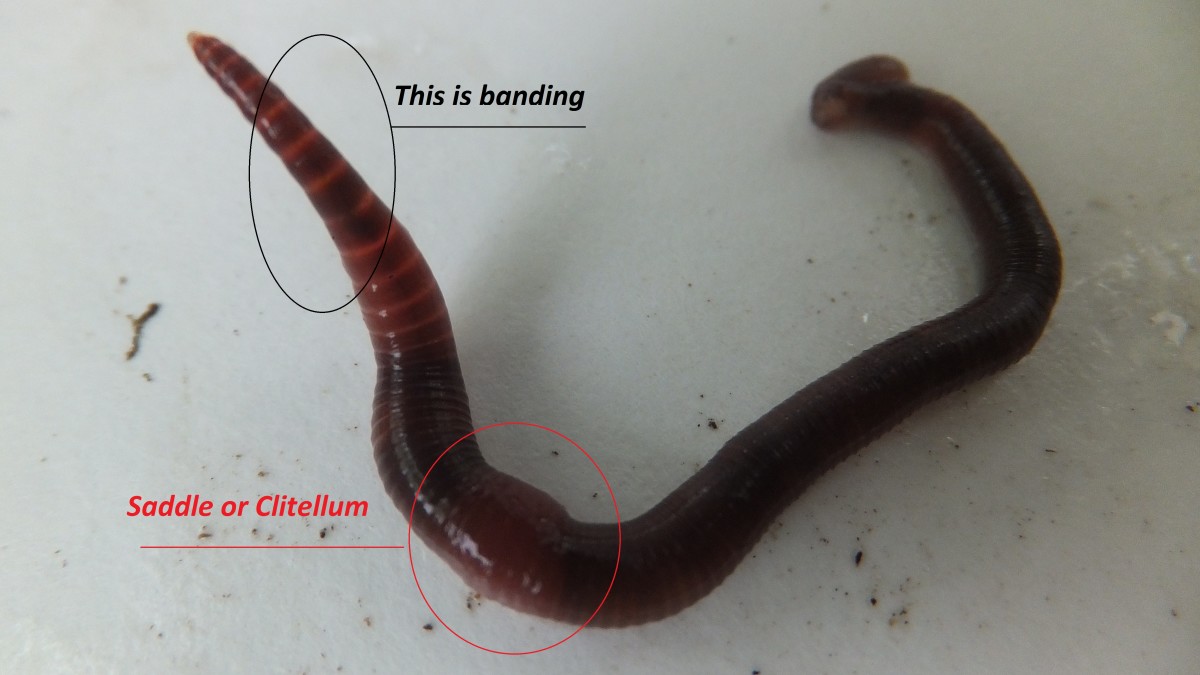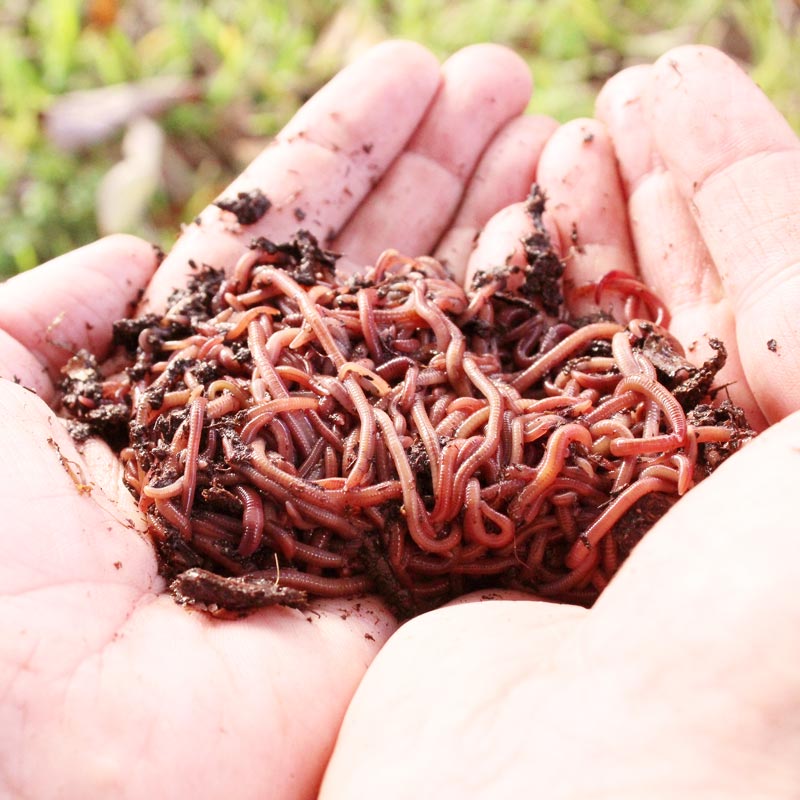Find the Best Products for Lawn Care with Red Wiggler Express for Thriving Lawns
Find the Best Products for Lawn Care with Red Wiggler Express for Thriving Lawns
Blog Article
Open the Secrets of Red Wigglers: Your Guide to Composting Success
The combination of red wigglers into composting techniques offers a significant chance for boosting soil wellness and advertising sustainability. These organisms are not merely effective recyclers of organic waste; they provide a myriad of advantages that can transform yard administration. Understanding their needs and behaviors is essential for maximizing their potential, from establishing up an appropriate worm container to feeding them the ideal materials. As we discover the essential parts of effective vermicomposting, one could question how these tiny animals can lead to a more vibrant and effective garden community.

What Are Red Wigglers?
(Red Wiggler Express)Red wigglers, scientifically called Eisenia fetida, are a varieties of earthworm largely used in composting as a result of their remarkable ability to decompose raw material efficiently. These worms are defined by their reddish-brown coloration and a segmented body, normally gauging in between 3 to 4 inches in size. Unlike other earthworm varieties, red wigglers grow in rich, natural atmospheres, making them perfect for vermicomposting systems.
Native to North America, they are commonly found in decaying leaves and garden compost stacks, where they play a vital duty in nutrient recycling. Their adjustment to living in a damp, aerobic atmosphere allows them to consume big quantities of organic waste, simplifying right into nutrient-rich spreadings that improve dirt wellness.
Red wigglers reproduce swiftly, with a solitary worm qualified of creating several cocoons each week, each containing multiple hatchlings. Recognizing the biology and behavior of red wigglers is vital for optimizing their potential in composting applications.
Advantages of Using Red Wigglers
Utilizing the power of red wigglers in composting uses many advantages that enhance soil health and wellness and promote sustainable waste administration. These remarkable organisms efficiently break down raw material, transforming kitchen area scraps and backyard waste right into nutrient-rich vermicompost. This finished item is extremely valuable for plant development, as it enhances dirt structure, boosts moisture retention, and boosts nutrient schedule.

(Lake Rhodhiss Bait)Furthermore, the presence of red wigglers in your composting system can increase the composting procedure, generating high-grade compost in a fraction of the moment compared to conventional techniques. The spreadings produced by these worms are likewise including valuable bacteria that additionally enhance the dirt environment.
Setting Up Your Worm Container
Creating an effective worm bin is a straightforward process that can significantly boost your composting initiatives. The primary step is selecting an ideal container. Worm bins can be made from plastic storage bins, wooden boxes, or readily offered worm containers. Make sure the container has sufficient drain and air flow holes to preserve optimal wetness levels and air movement.
Next, prepare the bed linen material, which serves as the worms' environment. A mix of shredded paper, cardboard, and coconut coir works well, giving a comfy atmosphere for the worms.

Feeding Your Red Wigglers
To guarantee the health and performance of your red wigglers, it is essential to supply them with a balanced diet plan that meets their dietary demands. Red wigglers prosper on a diverse array of natural products, which not only provide needed nutrients however likewise promote effective composting.
Start by incorporating cooking area scraps such as veggie peels, fruit cores, and coffee premises. Prevent citrus fruits, onions, and garlic, as these can be damaging to worm health. In addition, present shredded paper, cardboard, and dry fallen leaves to produce a well-aerated setting.
Feeding frequency need to be kept track of; usually, worms can take in half their body weight in food weekly. It is important to avoid overfeeding, as excess food can cause unpleasant smells and bring in bugs. An excellent method is to include food in percentages, permitting worms to process it before introducing extra.
Maintaining wetness degrees is also important; the bed linens should perspire yet not soggy. Finally, make sure to regularly inspect the temperature and pH levels of the bin to make certain an optimum setting for your red wigglers, ultimately enhancing their composting effectiveness.
Harvesting and Making Use Of Garden Compost
A successful composting procedure with red wigglers culminates in the rich, dark garden compost recognized as vermicompost, which can dramatically improve dirt health and plant development. Harvesting this nutrient-dense product typically takes place every 3 to 6 months, depending on the dimension of your system and the amount of raw material being processed.
To harvest, delicately different the garden compost from the worms and any type of undecomposed products. One reliable approach entails relocating the components of the bin to one side and including fresh bed linen and food to the void, urging the worms to move. After a few days, the garden compost can be gathered from the contrary side.
It is vital to utilize vermicompost correctly to maximize its benefits. By incorporating vermicompost right into your gardening program, you not only reuse natural waste yet additionally create a successful ecosystem that supports lasting gardening practices.
Final Thought
In recap, red wigglers serve as outstanding allies in composting initiatives, transforming organic waste into nutrient-rich vermicompost. By understanding the ideal problems for their habitat, feeding requirements, and garden compost harvesting methods, garden enthusiasts can boost dirt health and advertise plant vitality.
Report this page